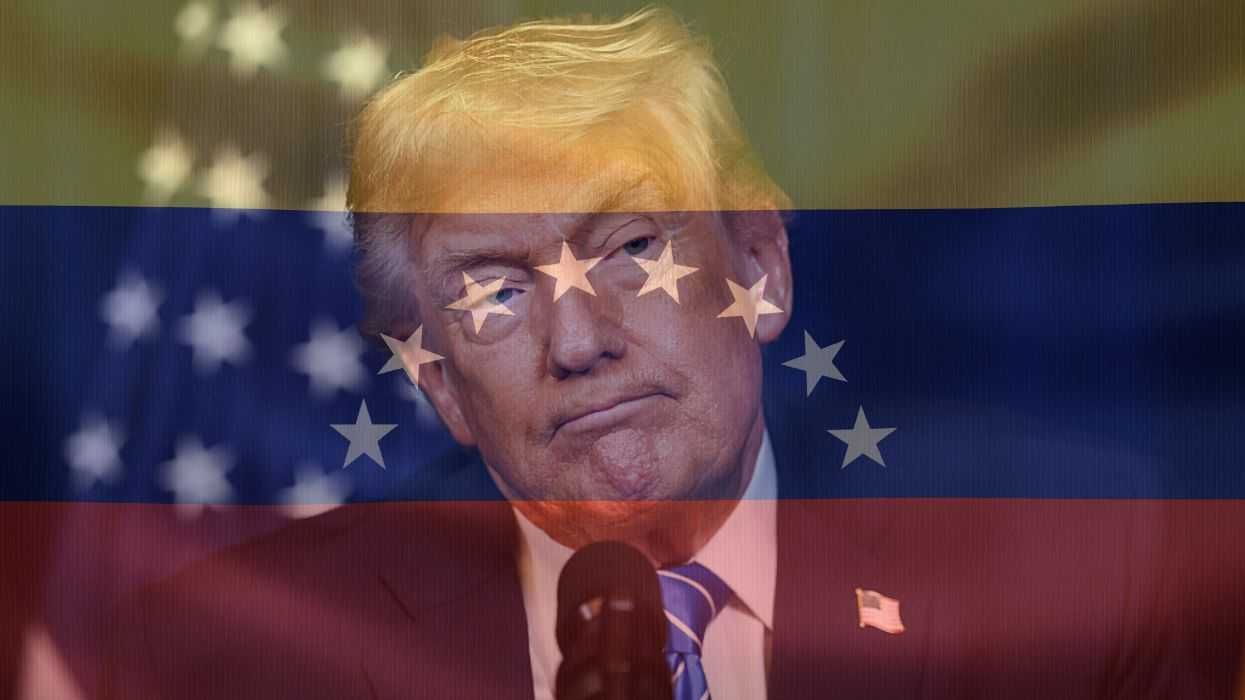I. The Battle Over Facts
When Donald Trump fired Dr. Kristine Joy Suh, head of the Bureau of Labor Statistics, after a disappointing July jobs report, it wasn’t merely a personnel decision—it was a sharp break with precedent. Suh’s removal upended decades of tradition in which BLS commissioners, regardless of who appointed them, were shielded from political retaliation to preserve statistical integrity. In his second term, Trump has made it clear that data isn’t merely information to be reported—it’s a narrative to be controlled. If the numbers align with his message, they’re hailed as proof of success. If they don’t, they’re dismissed as fake—or worse, subversive.
This shift signals more than a partisan impulse—it marks the erosion of institutions designed to uphold objective truth. For decades, federal statistics have anchored democratic governance, offering policymakers, markets, and the public a shared factual baseline. Trump’s approach upends that legacy, promoting the idea that data should serve political ends rather than public understanding.
The war on truth isn’t new, but under Trump, it has escalated into a sustained campaign against independent information. This is no longer just about spin; it’s about restructuring government to control the public’s understanding of social reality. At stake is whether democracy can function at all without a foundation of facts.
II. Data as Narrative: When Numbers Tell a Political Story
Presidents have always tried to spin the numbers. But Trump has gone further—casting doubt not just on interpretations but on the legitimacy of the data itself. During his first term, he routinely dismissed unfavorable jobs reports, distorted trade figures, and undermined the Federal Reserve’s credibility. In his second term, this distrust has hardened into policy: statistical professionals are fired, and institutions are reshaped to serve partisan objectives.
This tactic mirrors authoritarian regimes. Argentina manipulated inflation statistics for years. China’s economic numbers are widely viewed as political theater. The consequences in both cases are well known: investors hesitate, policy flounders, and public trust collapses. Without reliable data, no one—from executives to voters—can make informed decisions.
Trump’s economic storytelling follows this pattern. He claimed to have created “7 million jobs,” despite a slowdown in job growth compared to the Obama years. According to a July 2020 FactCheck.org report, 7.8 million jobs had actually been lost since Trump took office, including 274,000 manufacturing jobs and 7,100 coal mining jobs. Meanwhile, a low unemployment rate disguised stagnant wages and shrinking labor force participation.
These distortions are reinforced by conspiracy rhetoric. Trump and his allies have accused career civil servants of being part of a “deep state.” In 2019, he even blamed the Federal Reserve for supposedly using flawed data to suppress economic growth. In his second term, that rhetoric has justified a sweeping purge and restructuring of federal statistical agencies.
The infrastructure for producing trustworthy data still exists—but its foundations are being chipped away. If people stop trusting official statistics, even accurate ones lose their power. And when truth becomes negotiable, democracy begins to rot—not in a dramatic collapse, but in slow, unnoticed decay.
III. How U.S. Economic Data Is Supposed to Work
For generations, the United States has been the global gold standard for independent economic data. This credibility relies on institutional safeguards that keep politics at bay.
The Bureau of Labor Statistics surveys about 60,000 households and 120,000 businesses each month to report on jobs, wages, and labor force dynamics. These processes are governed by strict scientific protocols and carried out by nonpartisan professionals. The same holds true for the Census Bureau, the Bureau of Economic Analysis, and other statistical arms of government.
Equally vital is the release protocol: data is published on a rigid schedule—without political preview or interference. Agencies disclose their methodologies, acknowledge margins of error, and correct mistakes publicly. Independent economists and journalists vet the results. These checks are not ceremonial—they’re essential.
The system has withstood pressure before. In 2020, the Census Bureau resisted attempts to manipulate its count of undocumented immigrants. But what once required vigilance now requires urgent defense.
This year, Trump’s Department of Government Efficiency (DOGE) executed a mass purge of federal employees. Over 200,000 workers—many of them statisticians and data analysts—were fired. Elon Musk briefly led the “agency” (it was never officially authorized by Congress), claiming efficiency as the goal. But internal watchdogs saw something else: a targeted dismantling of statistical capacity.
The results are already visible. Survey sizes are shrinking, data processing is slower, and regional offices—especially in underserved areas—are closing. The result is a federal data system that’s less accurate, less comprehensive, and more susceptible to distortion.
This isn’t an abstract threat. When the numbers fail, the system fails. Legislators can’t budget. Businesses can’t invest. Voters can’t judge performance. Without trusted data, democracy becomes guesswork. And once trust erodes, restoring it is far more difficult than sustaining it.
We don’t need a scenario of outright falsification to sound the alarm. Eroding staffing, politicizing leadership, and slashing oversight are enough to poison the well. In today’s fractured environment, even a whisper of doubt can be weaponized.
Defending public data may seem technical, even dull. But it’s fundamental to safeguarding democracy itself. If we can’t trust the numbers, what’s left to guide policy, accountability, or civic debate? Truth is infrastructure. And in an era when power seeks to bend reality, that infrastructure must be defended.
A democracy cannot function in the dark—though you wouldn’t know it from the Washington Post, which once emblazoned a similar phrase as a slogan during Trump’s first term, only to quietly retire it when the marketing calculus changed. At a time when media vigilance is essential, walking away from that commitment accelerates the erosion of facts. The truth, inconvenient or not, still matters.
Robert Cropf is a professor of political science at Saint Louis University.




















